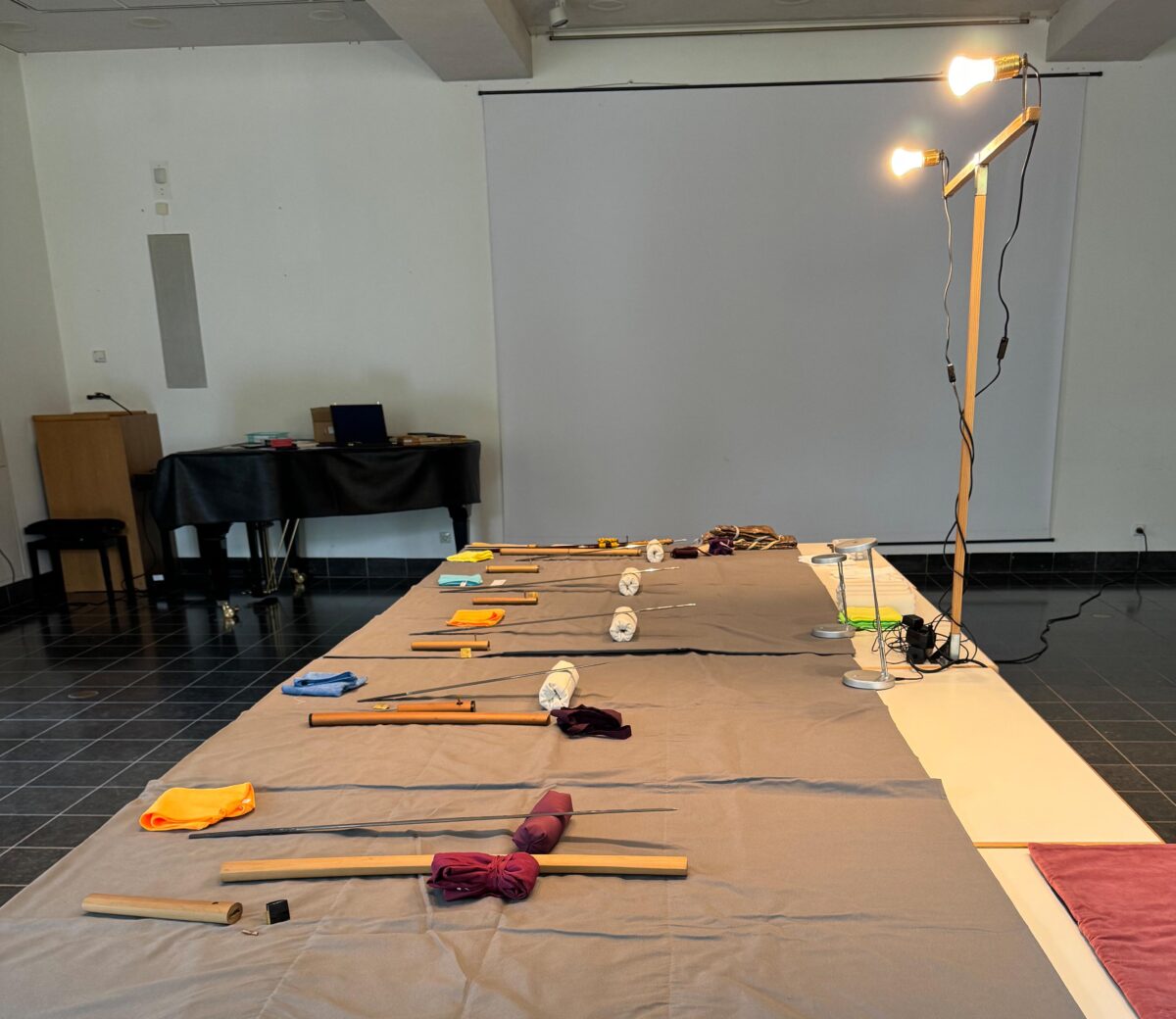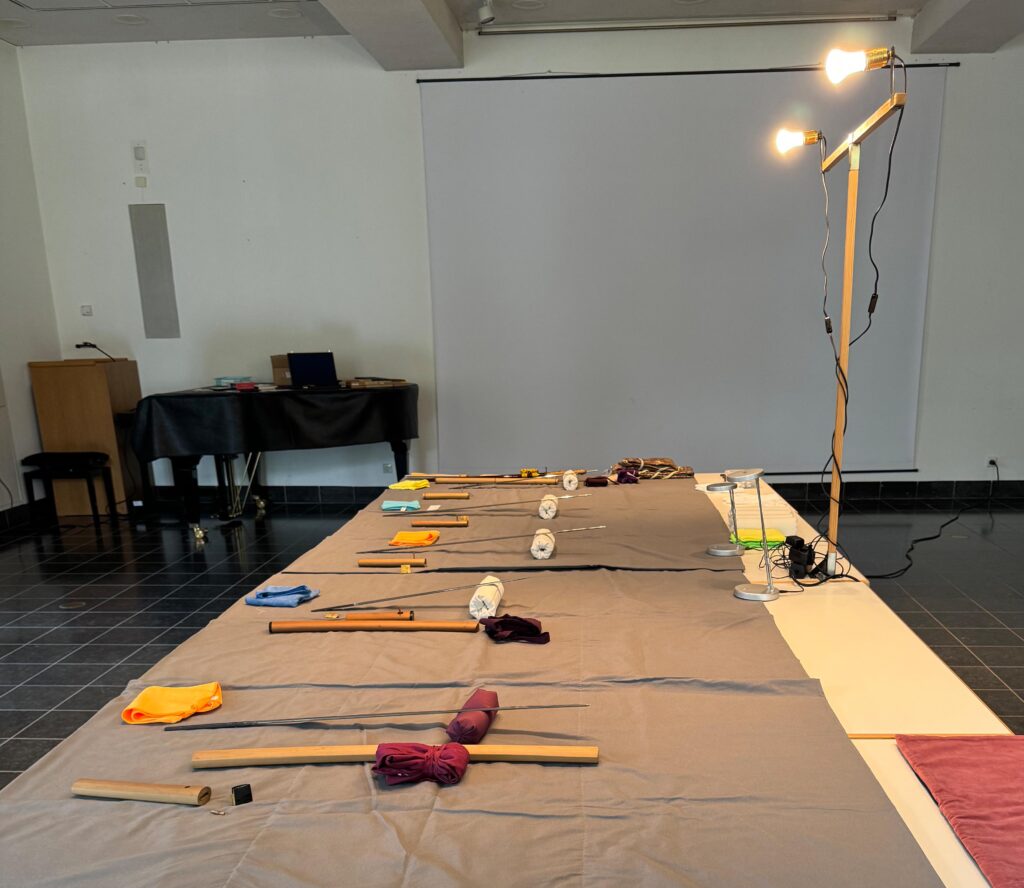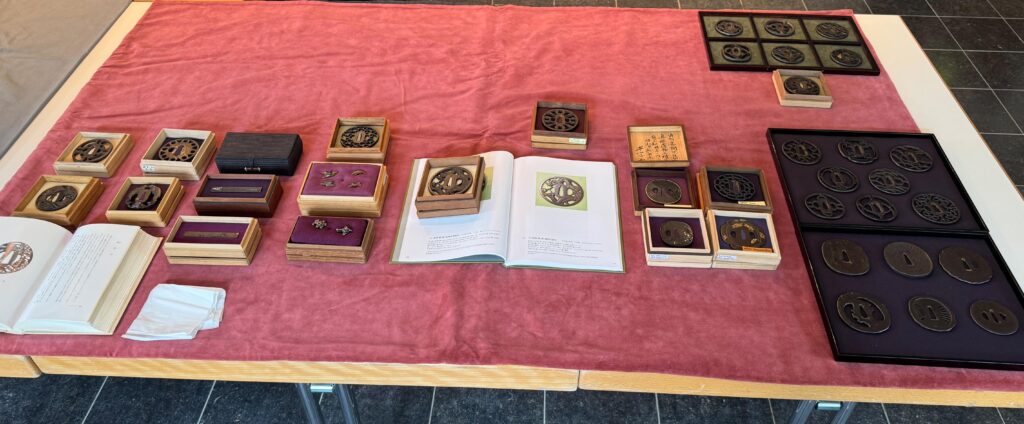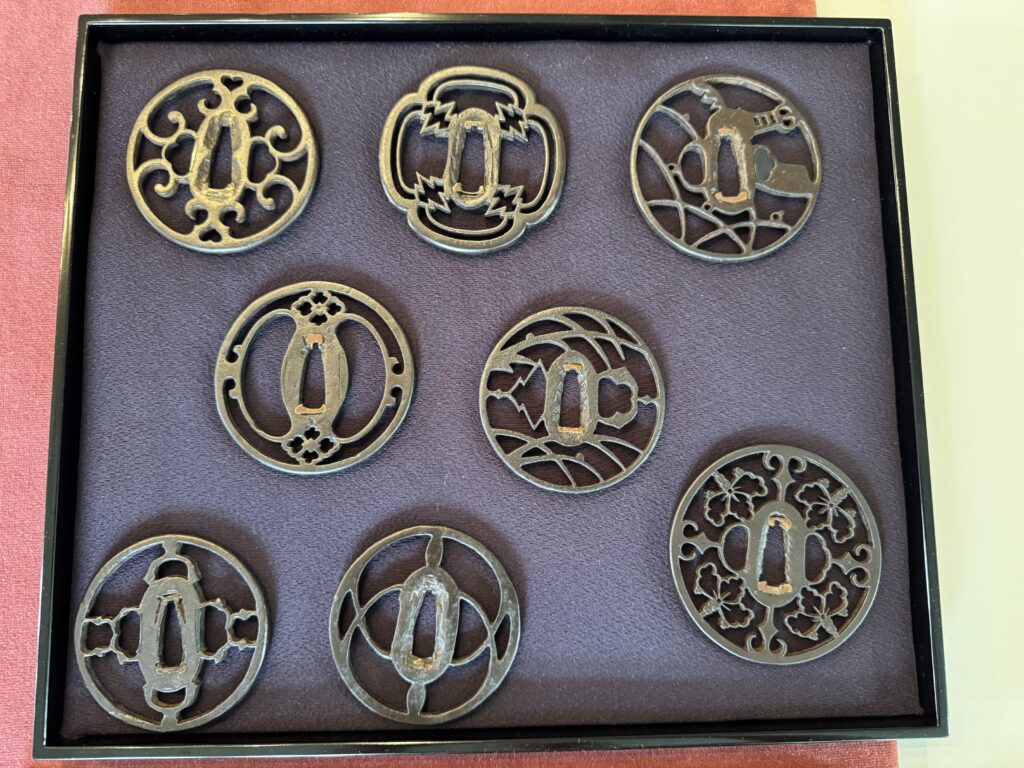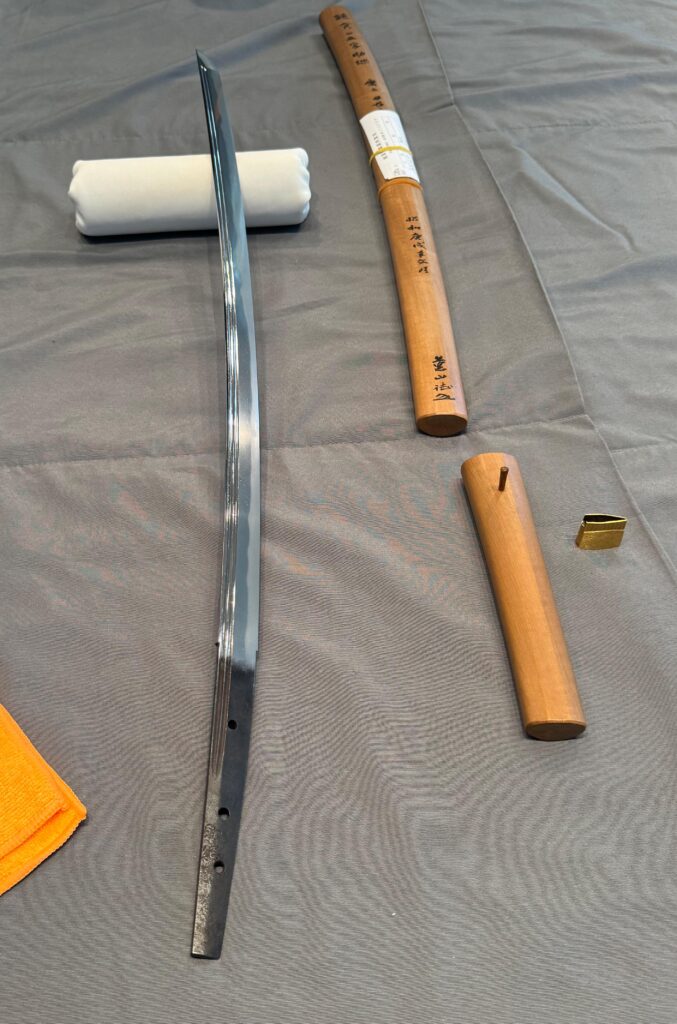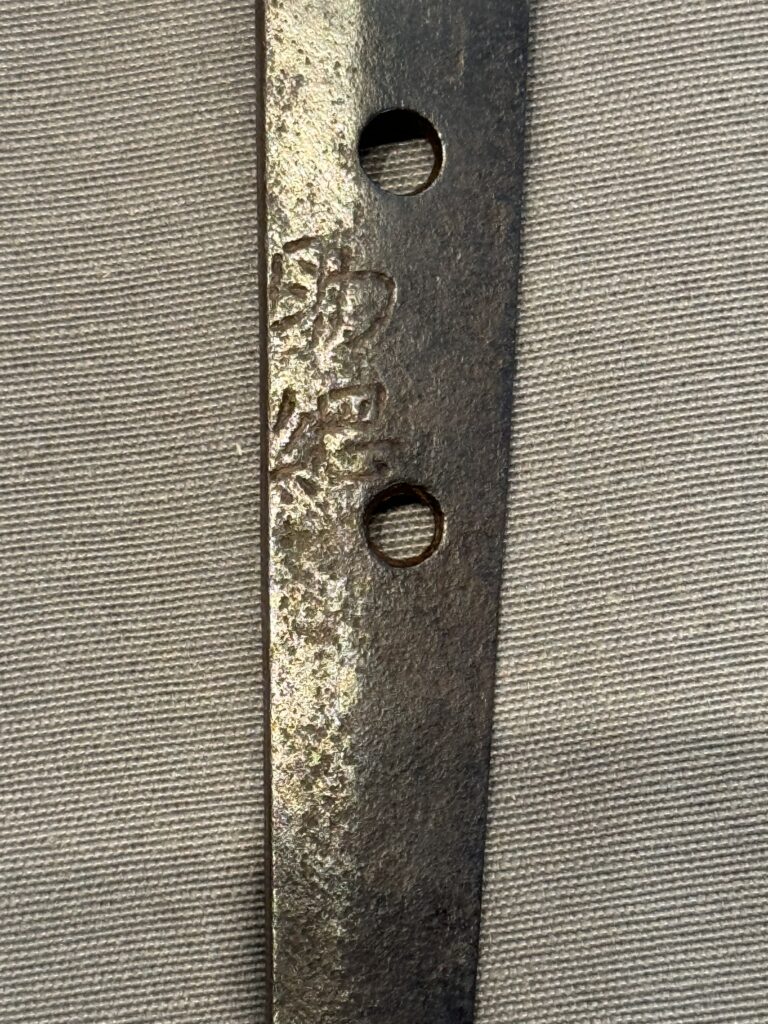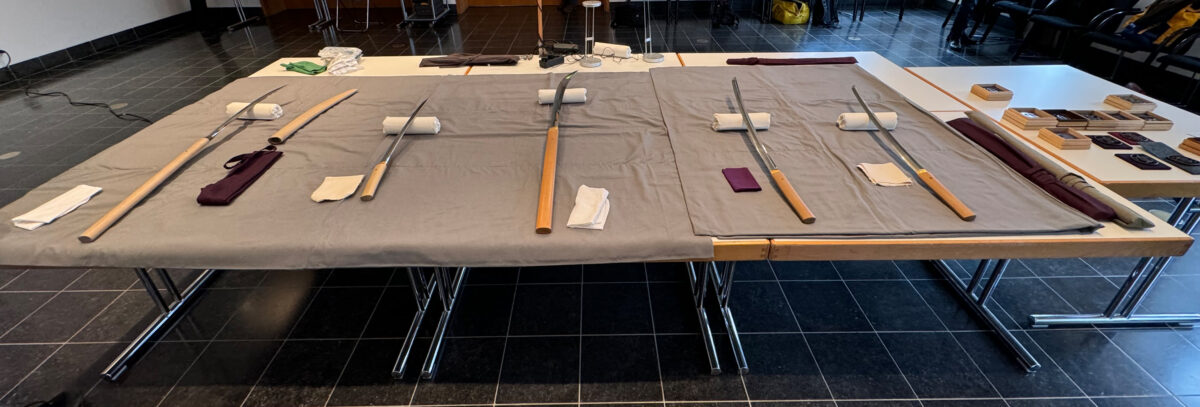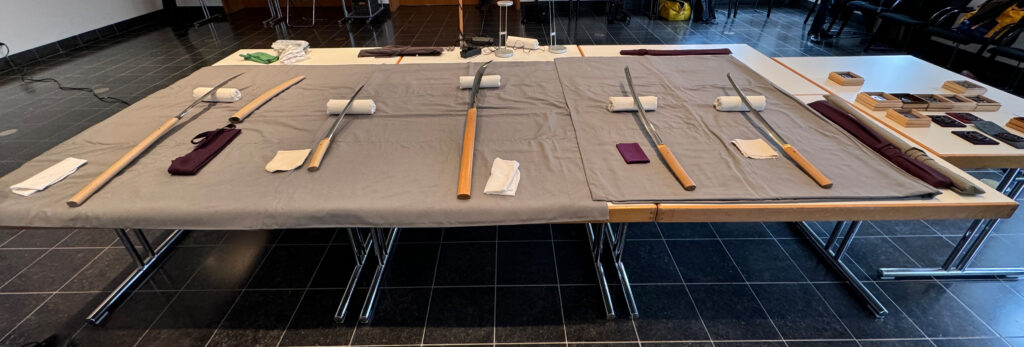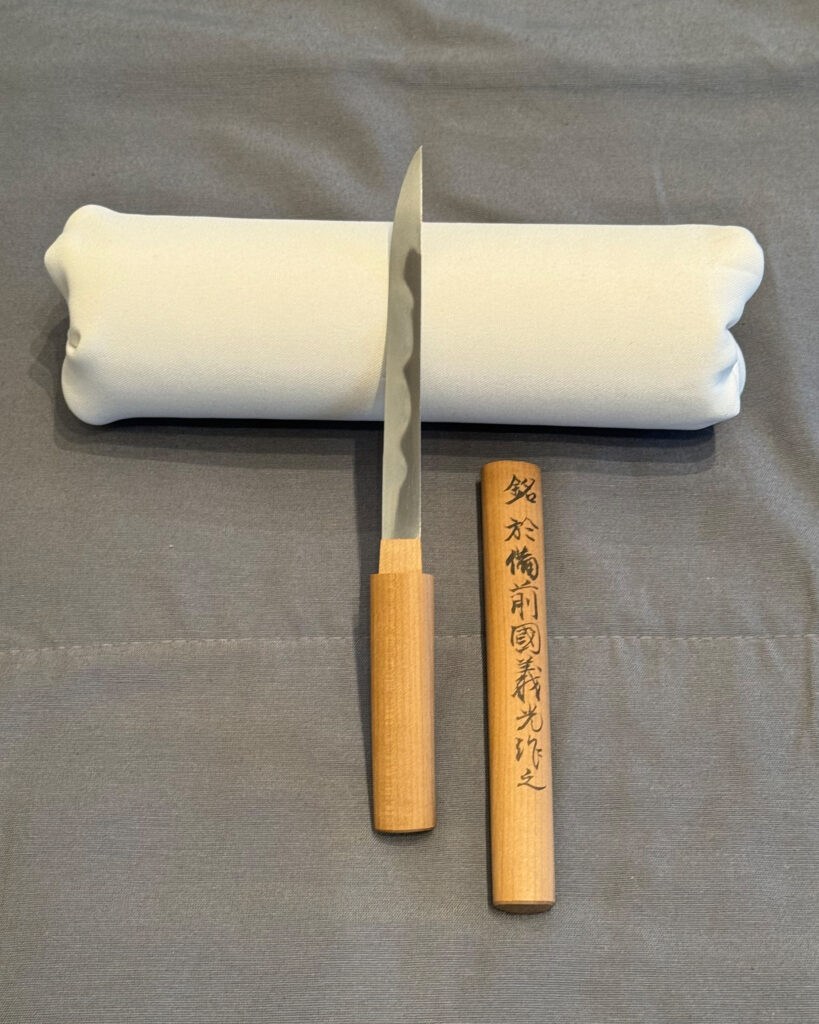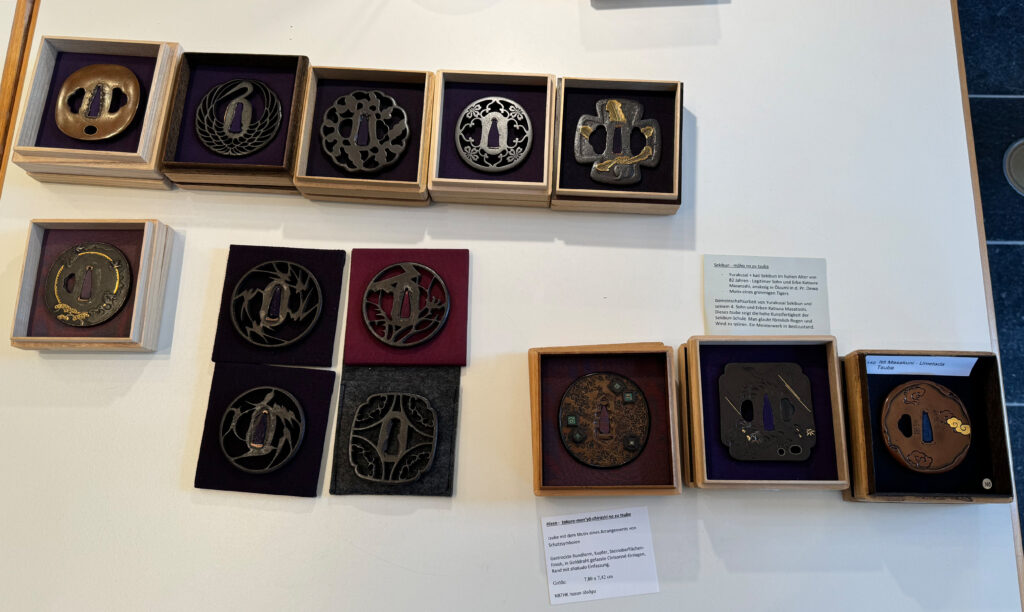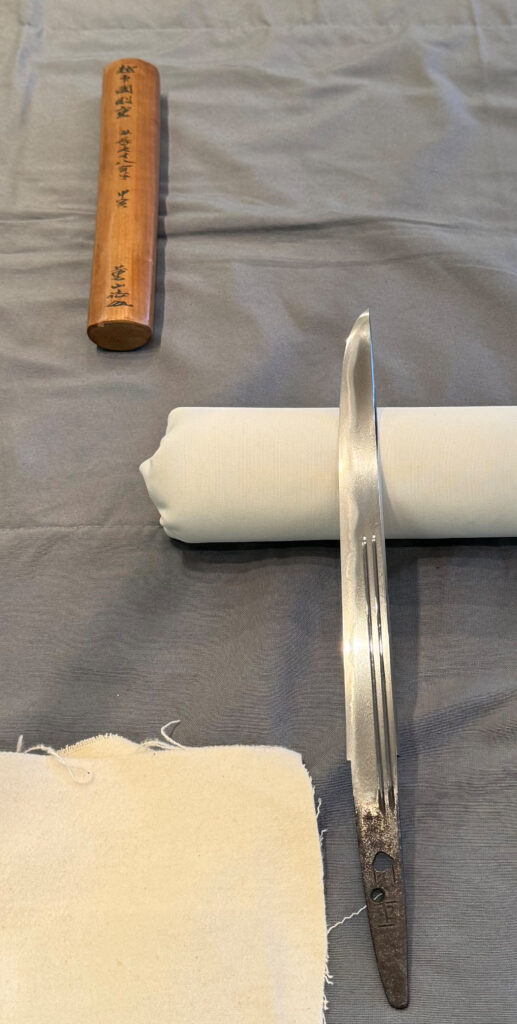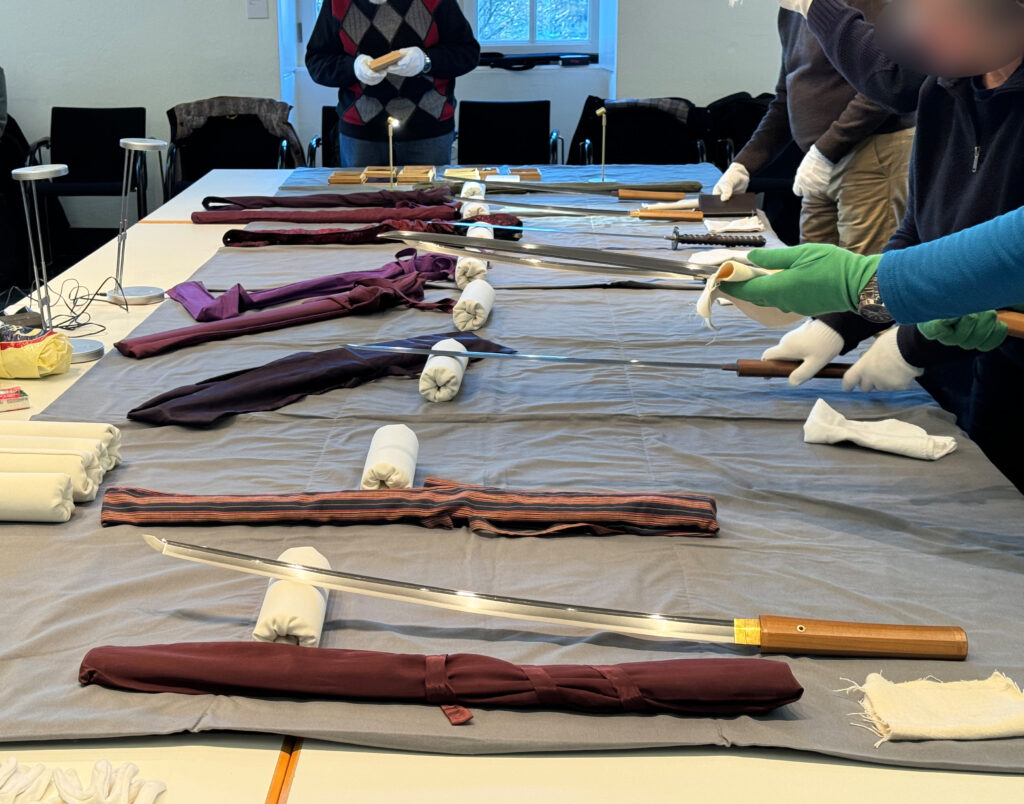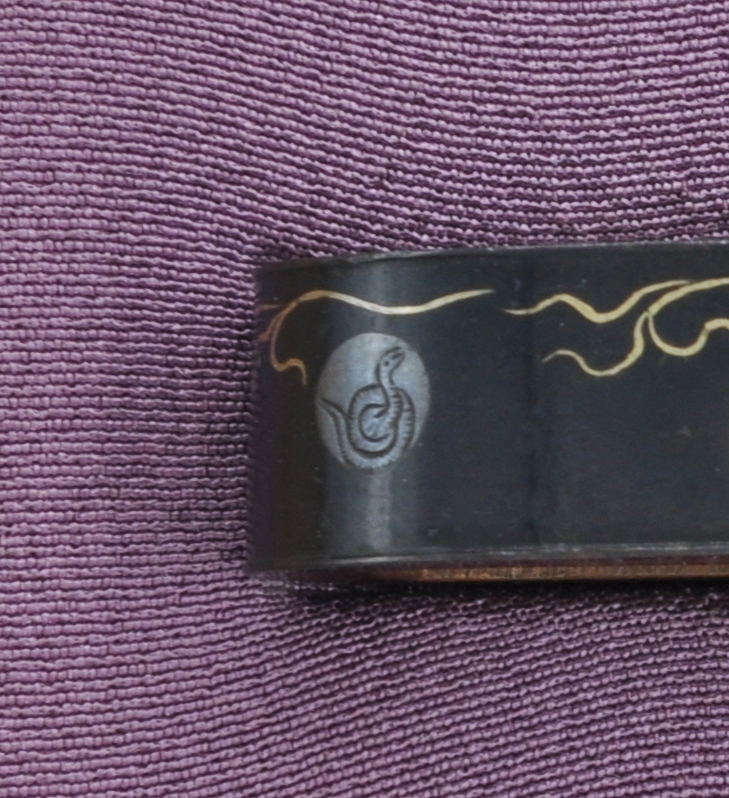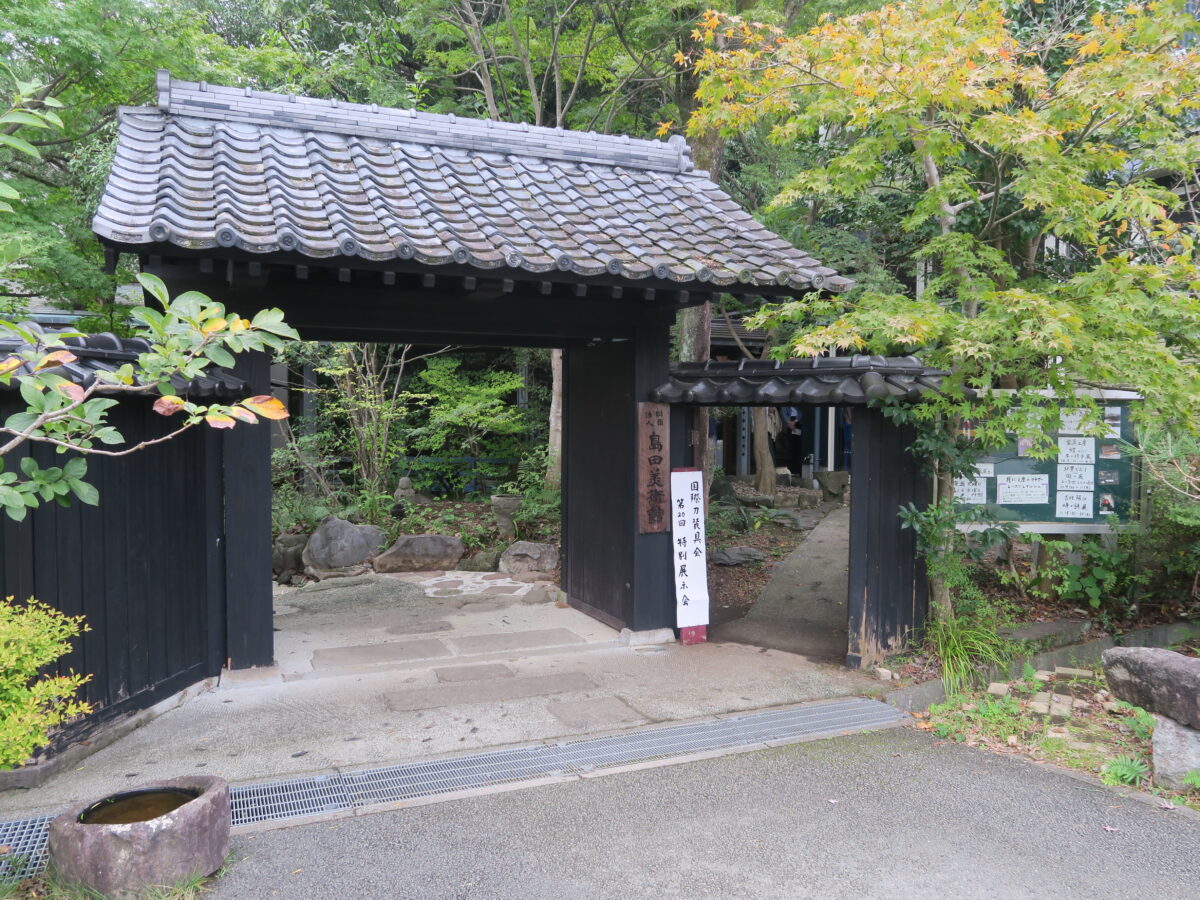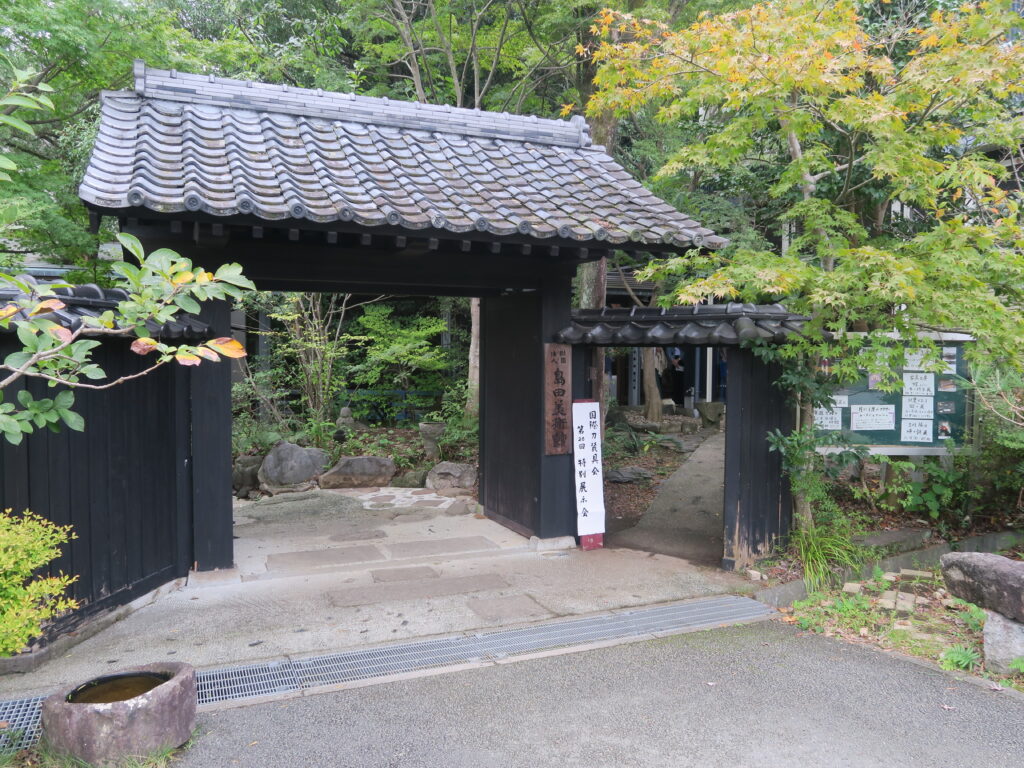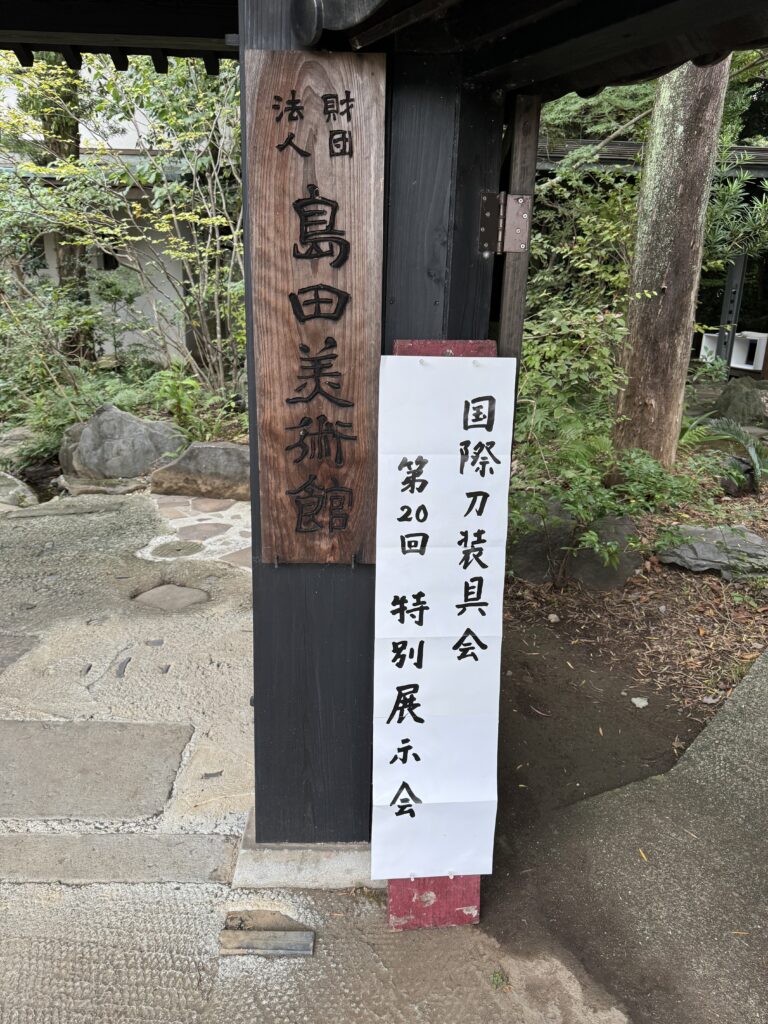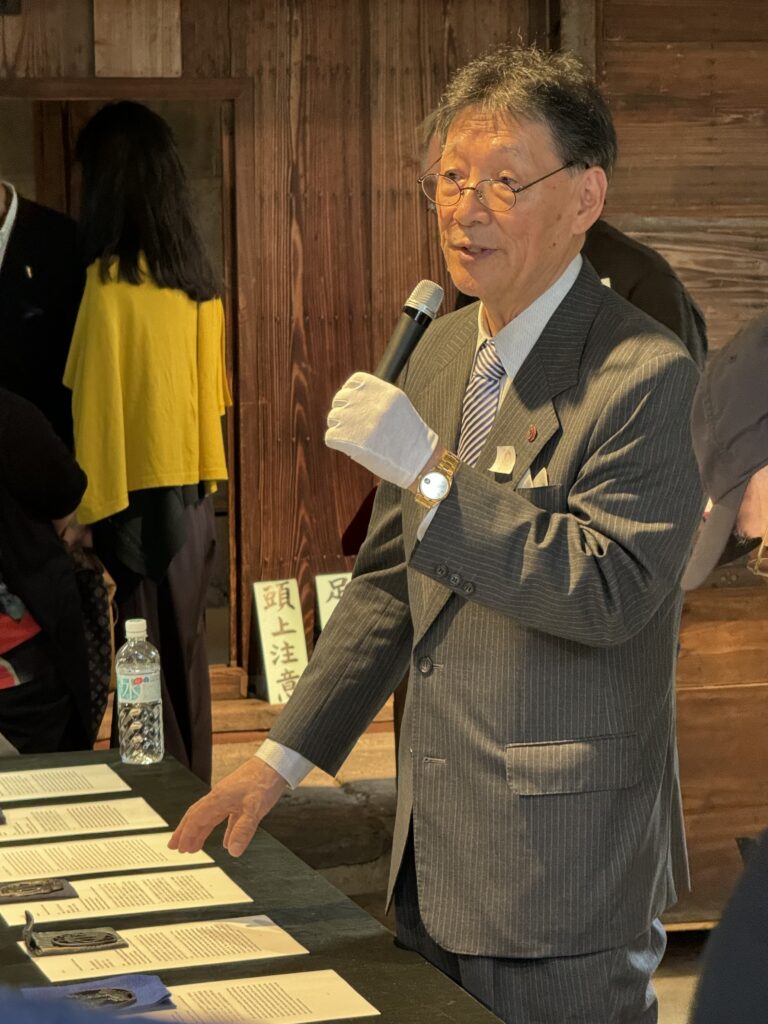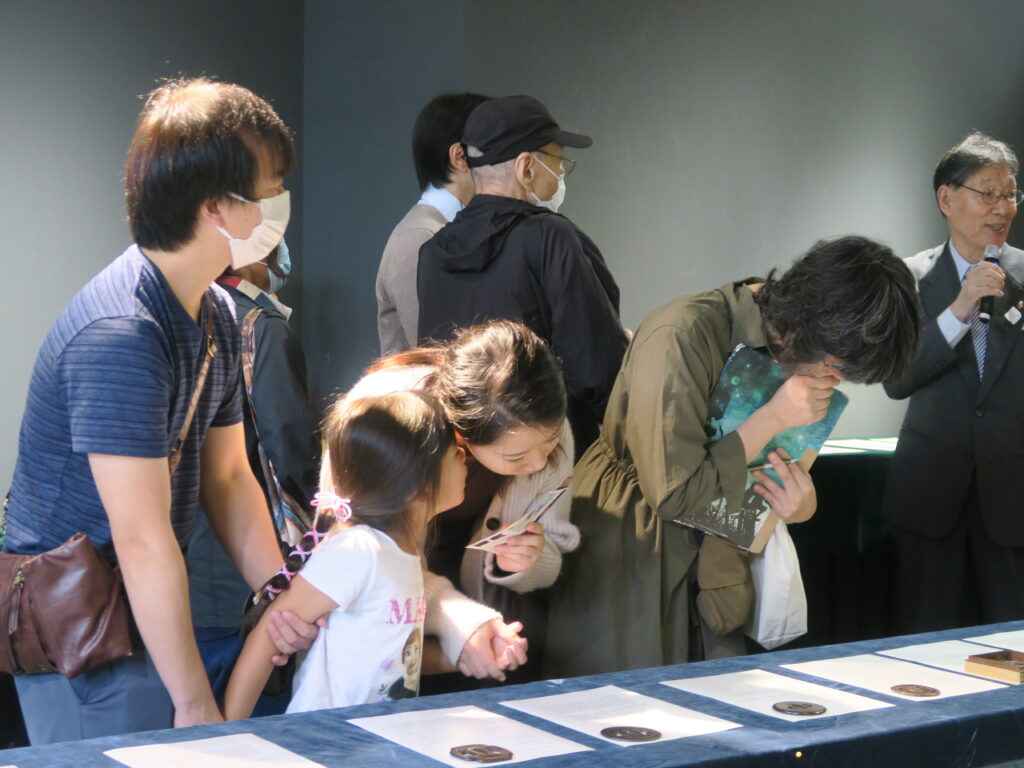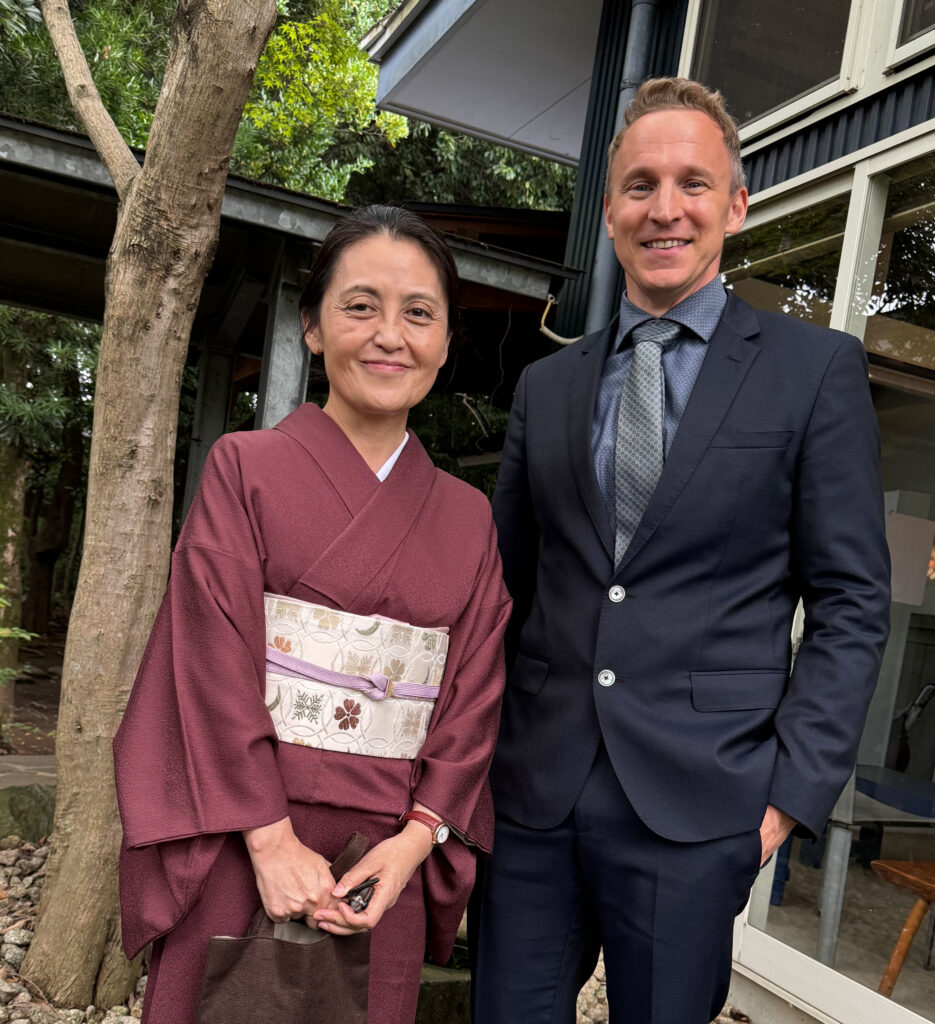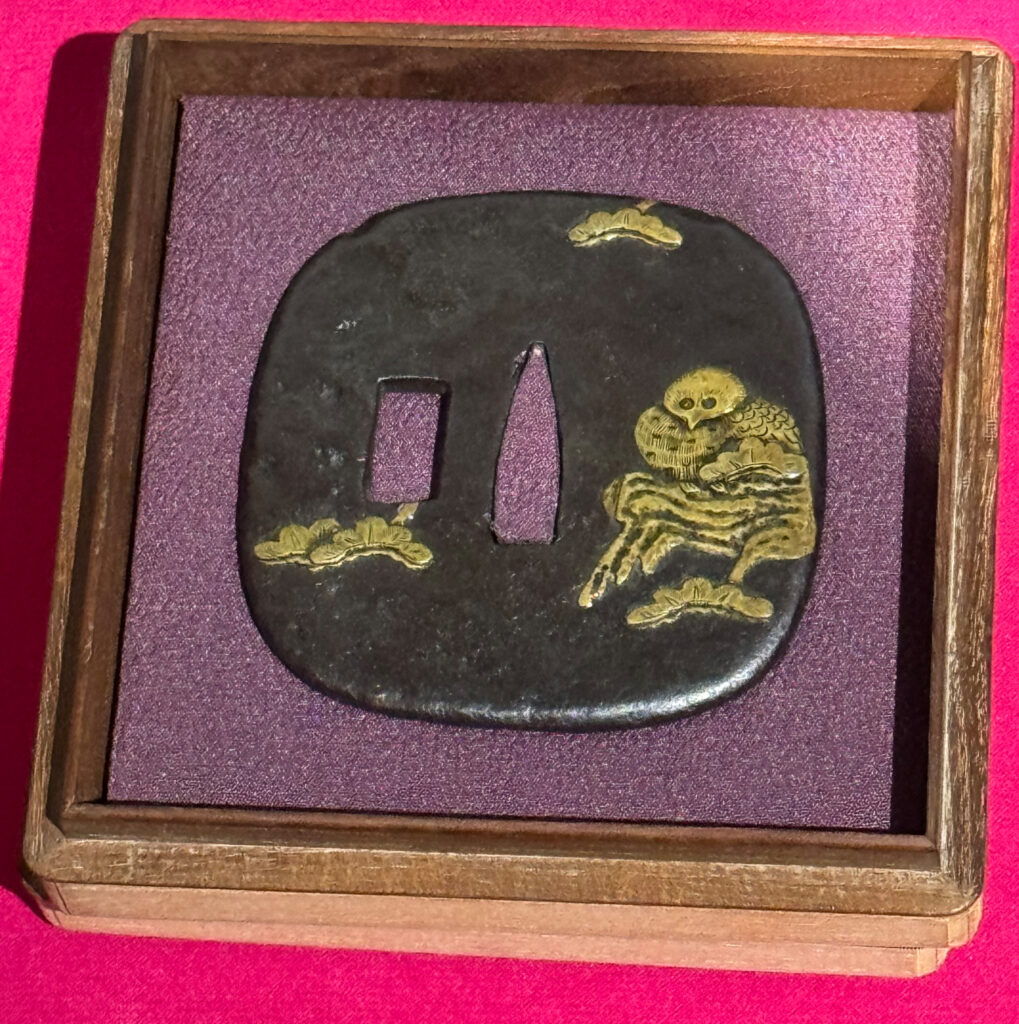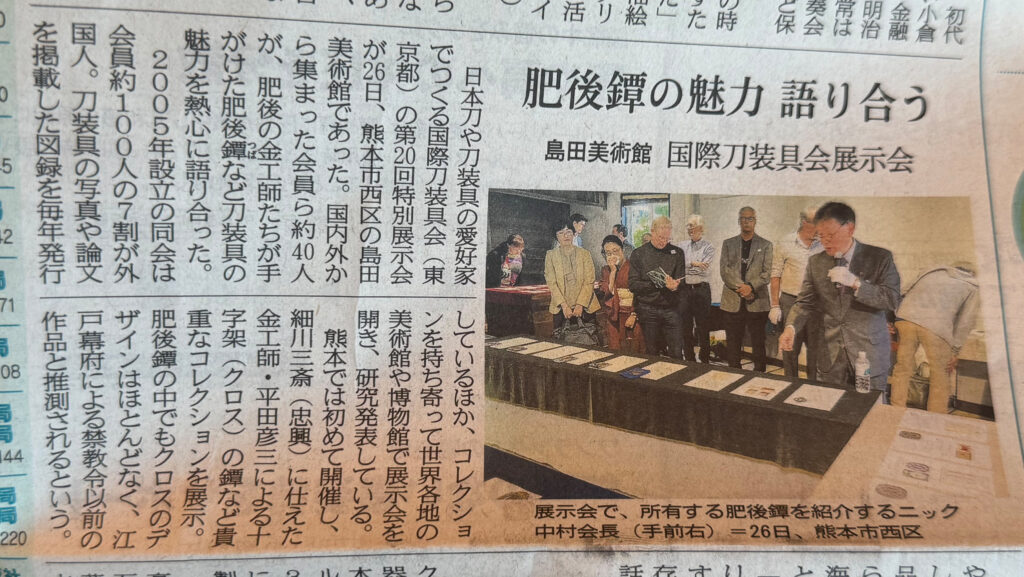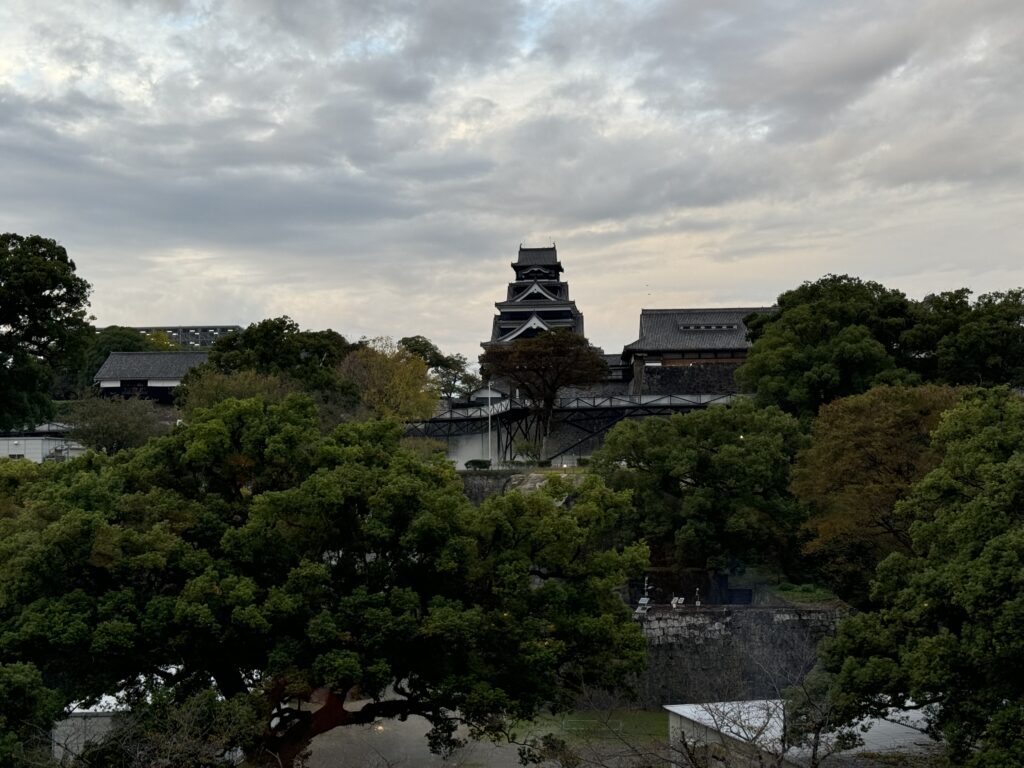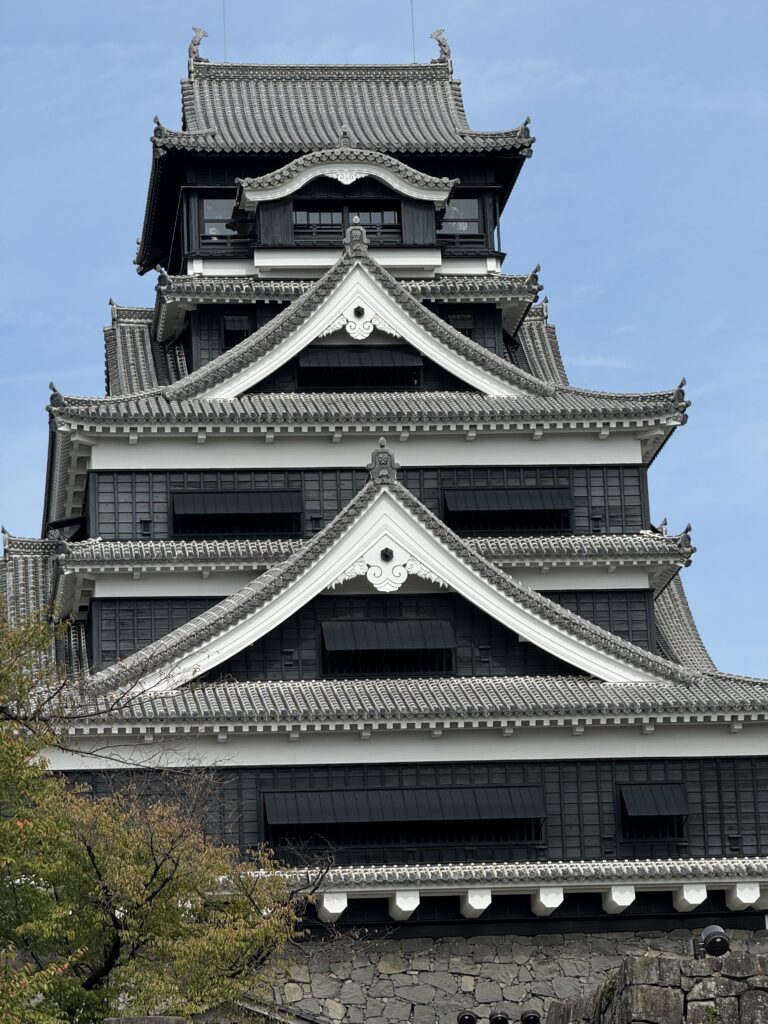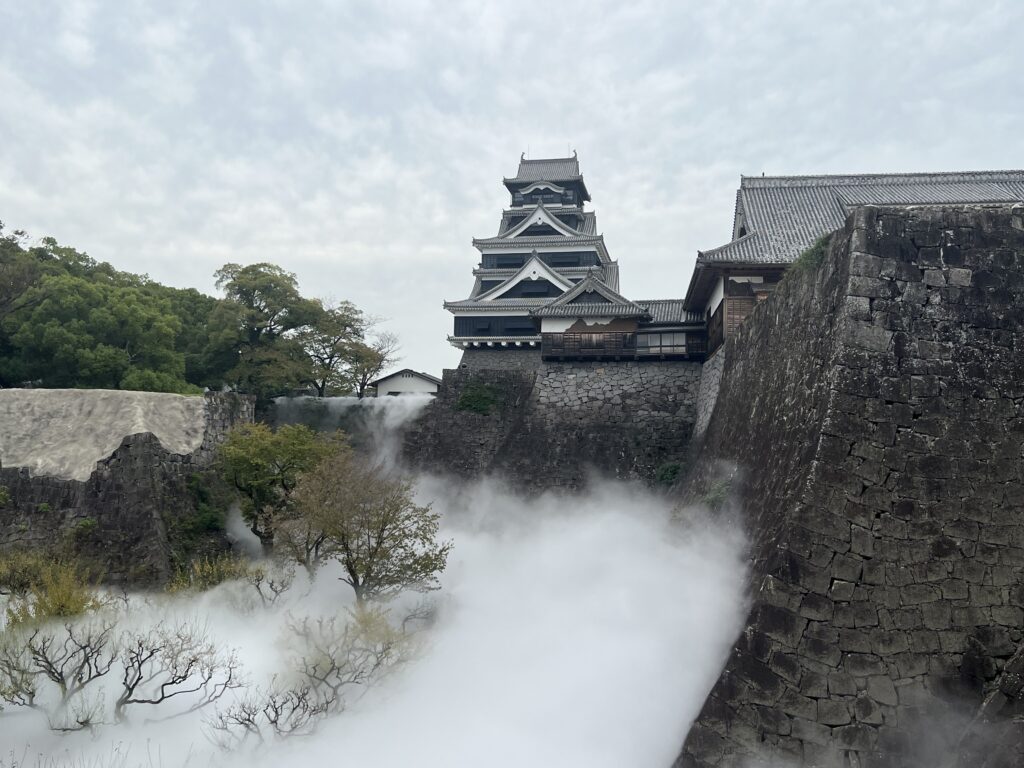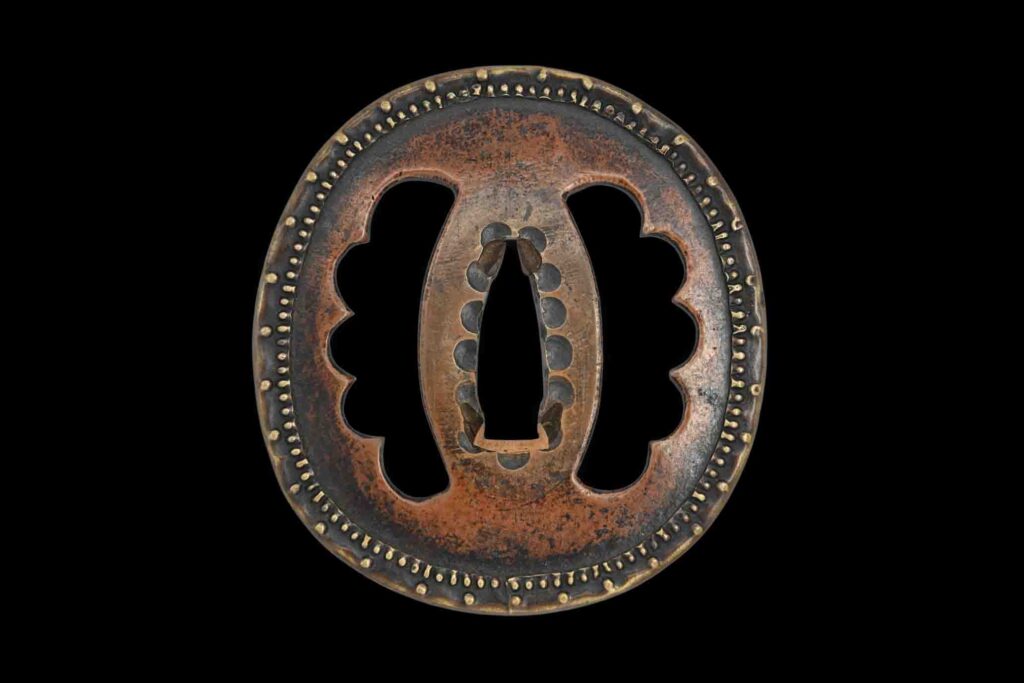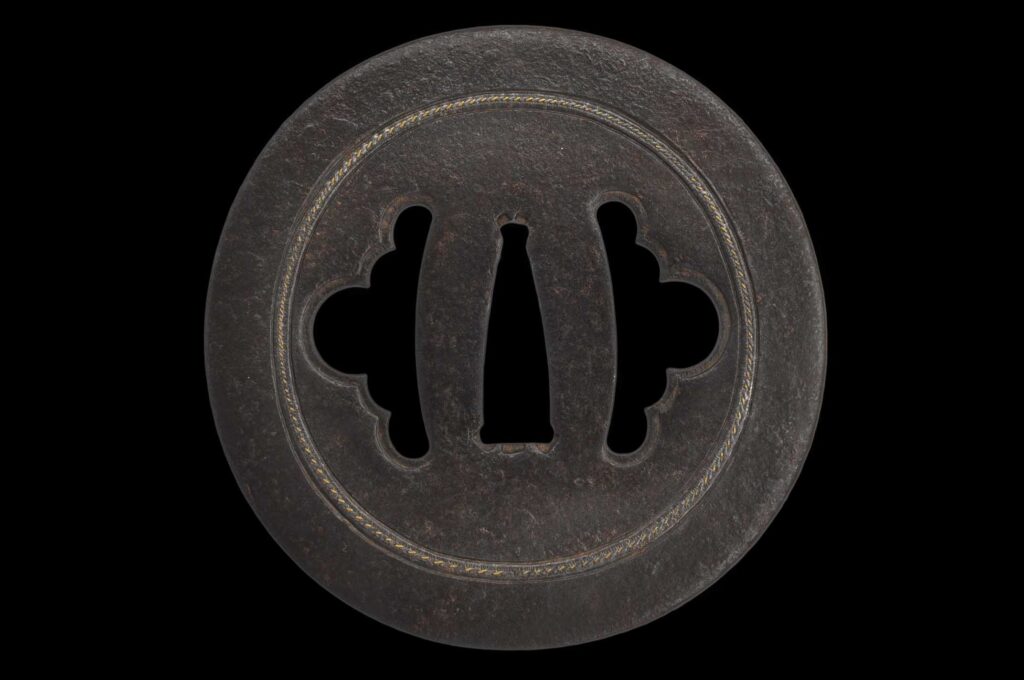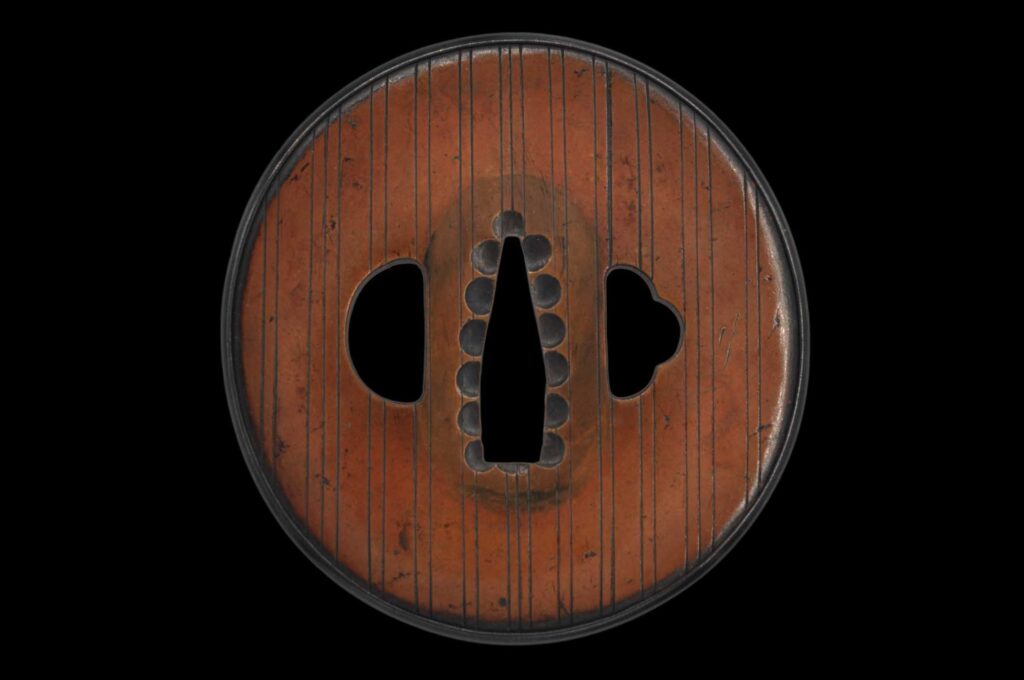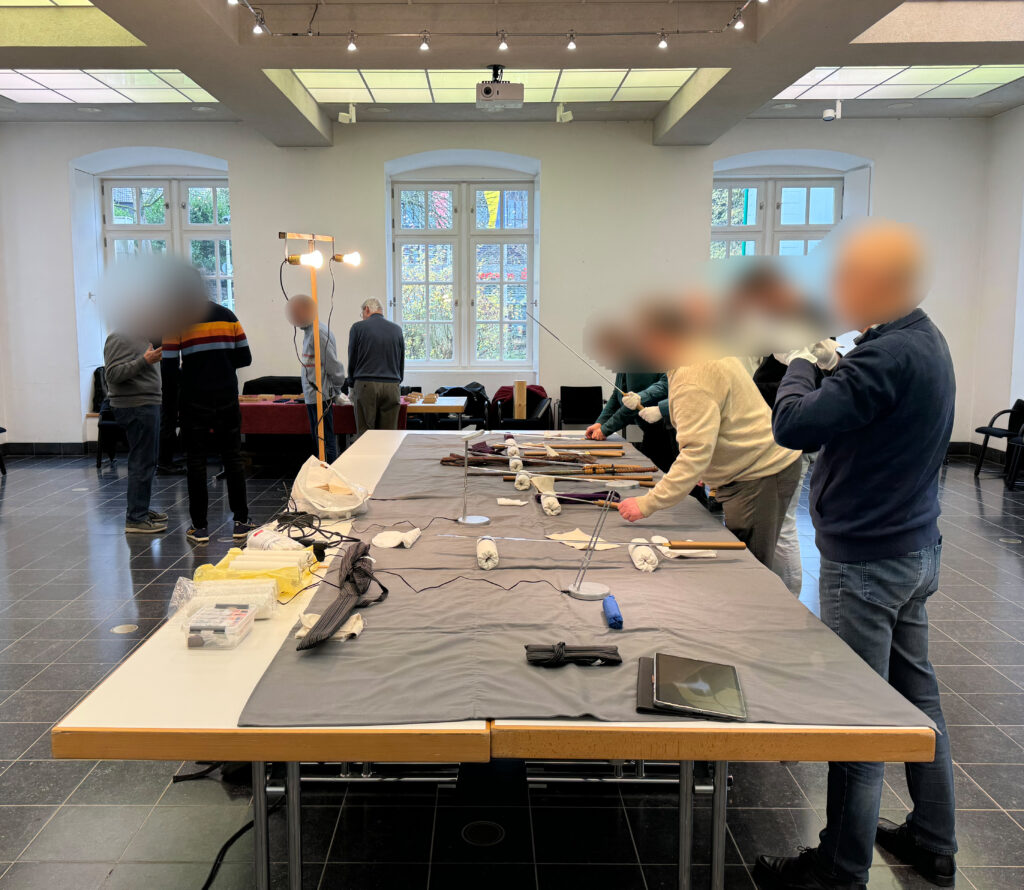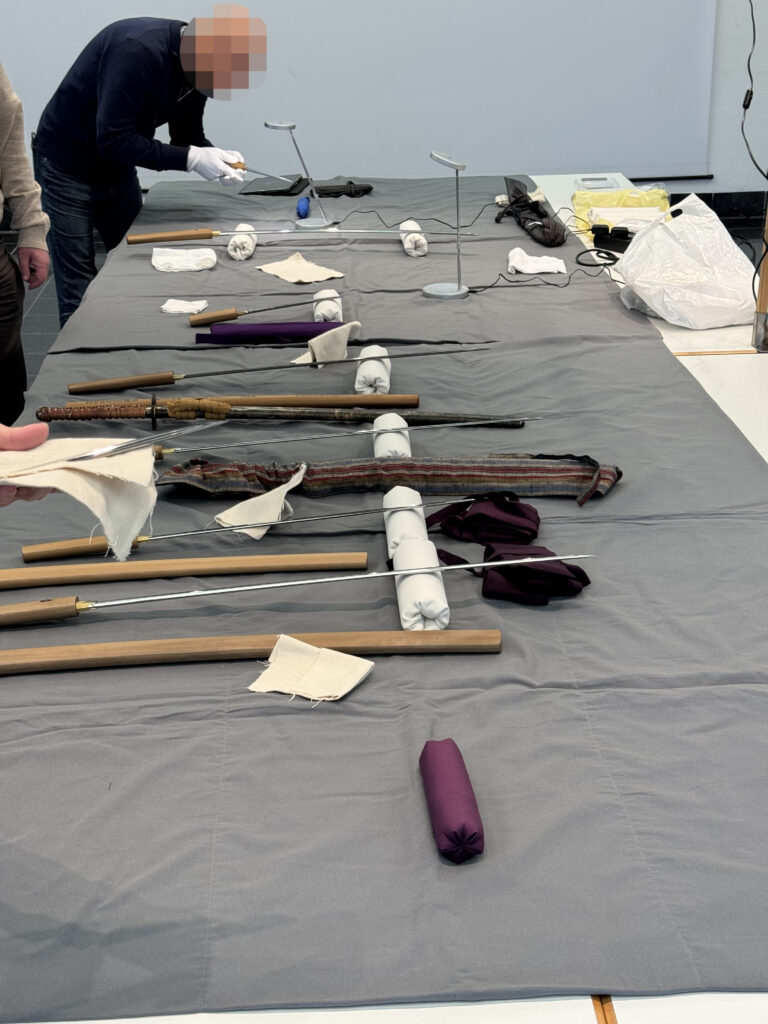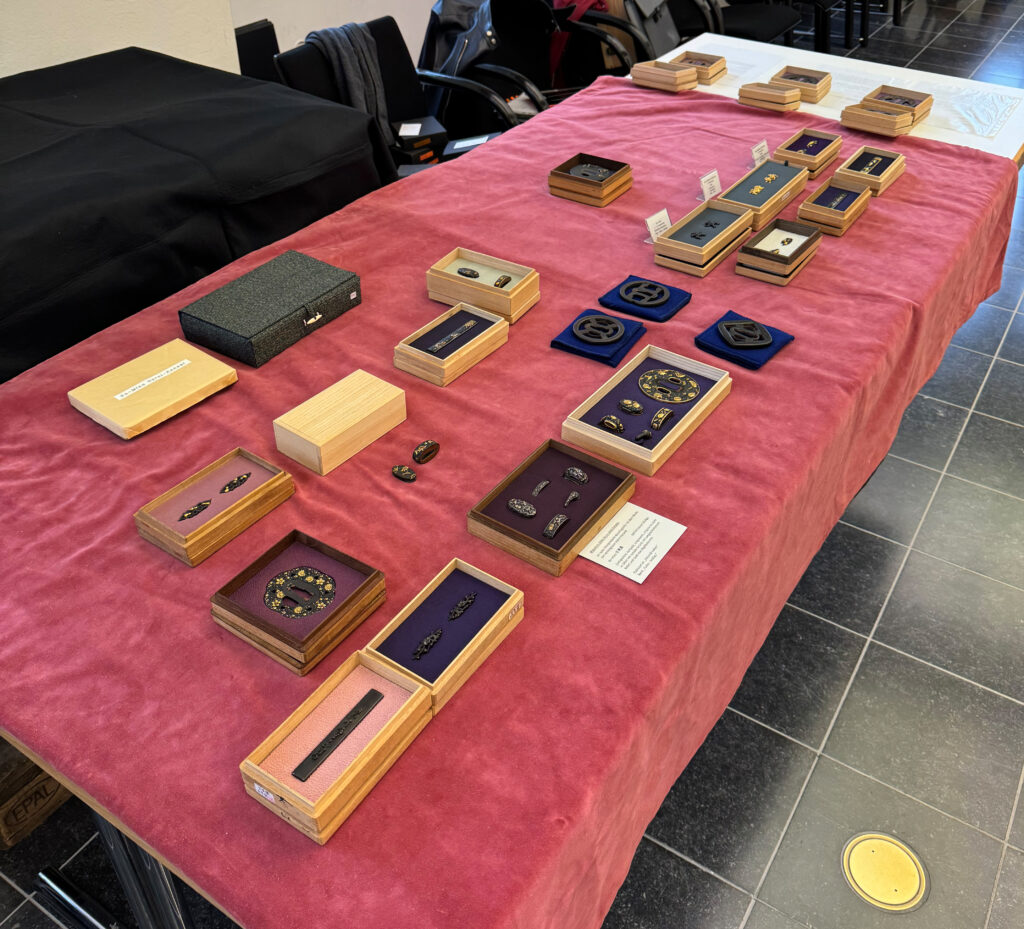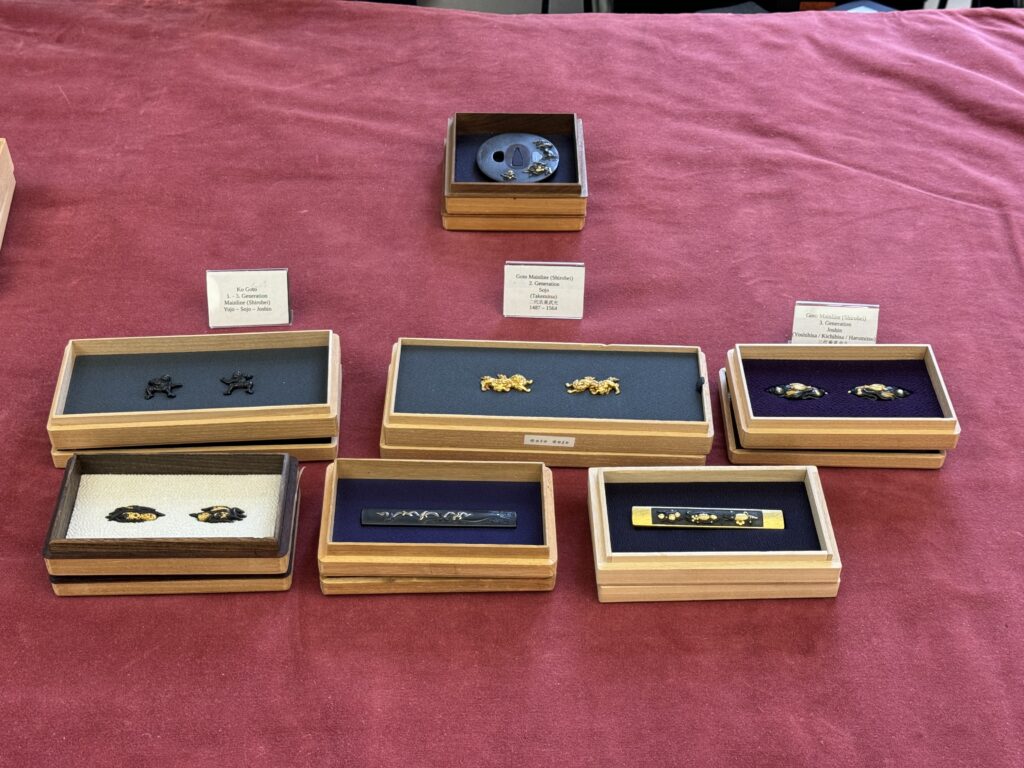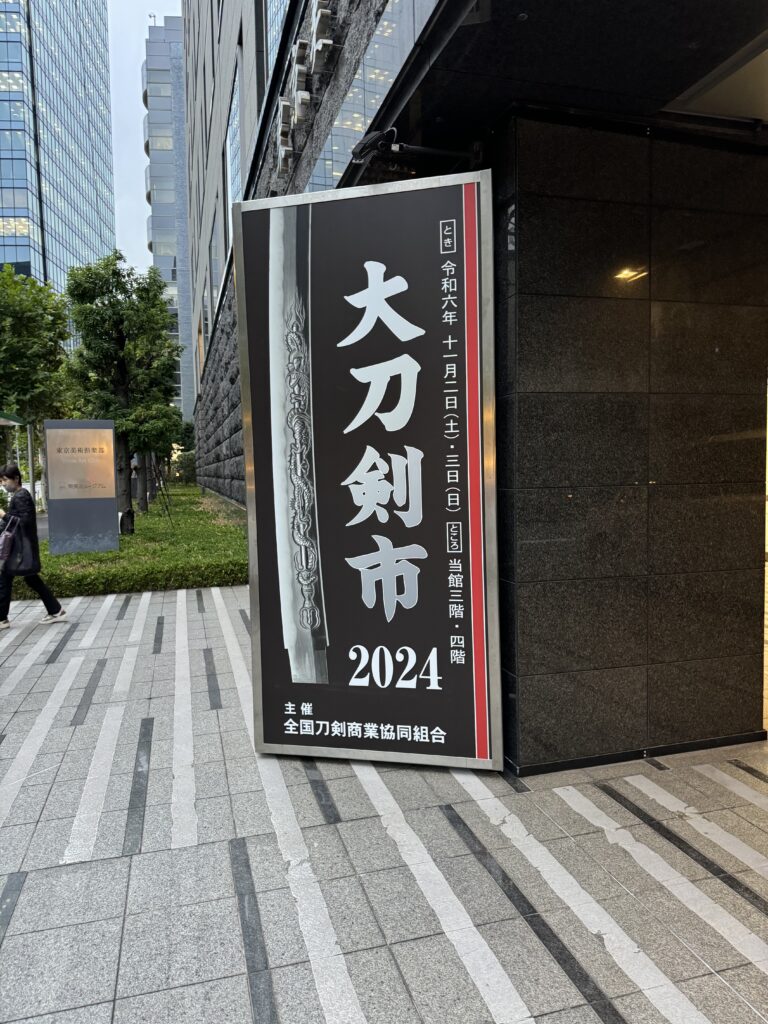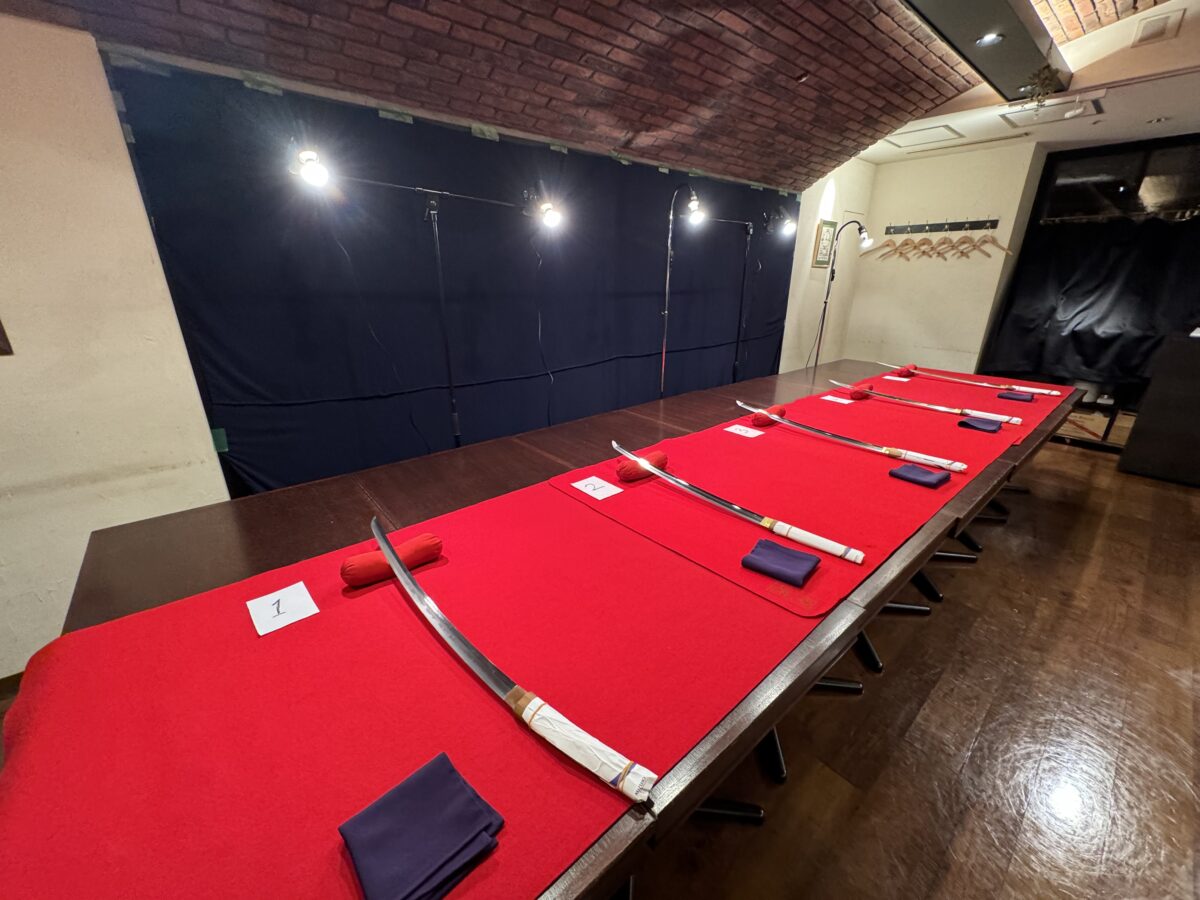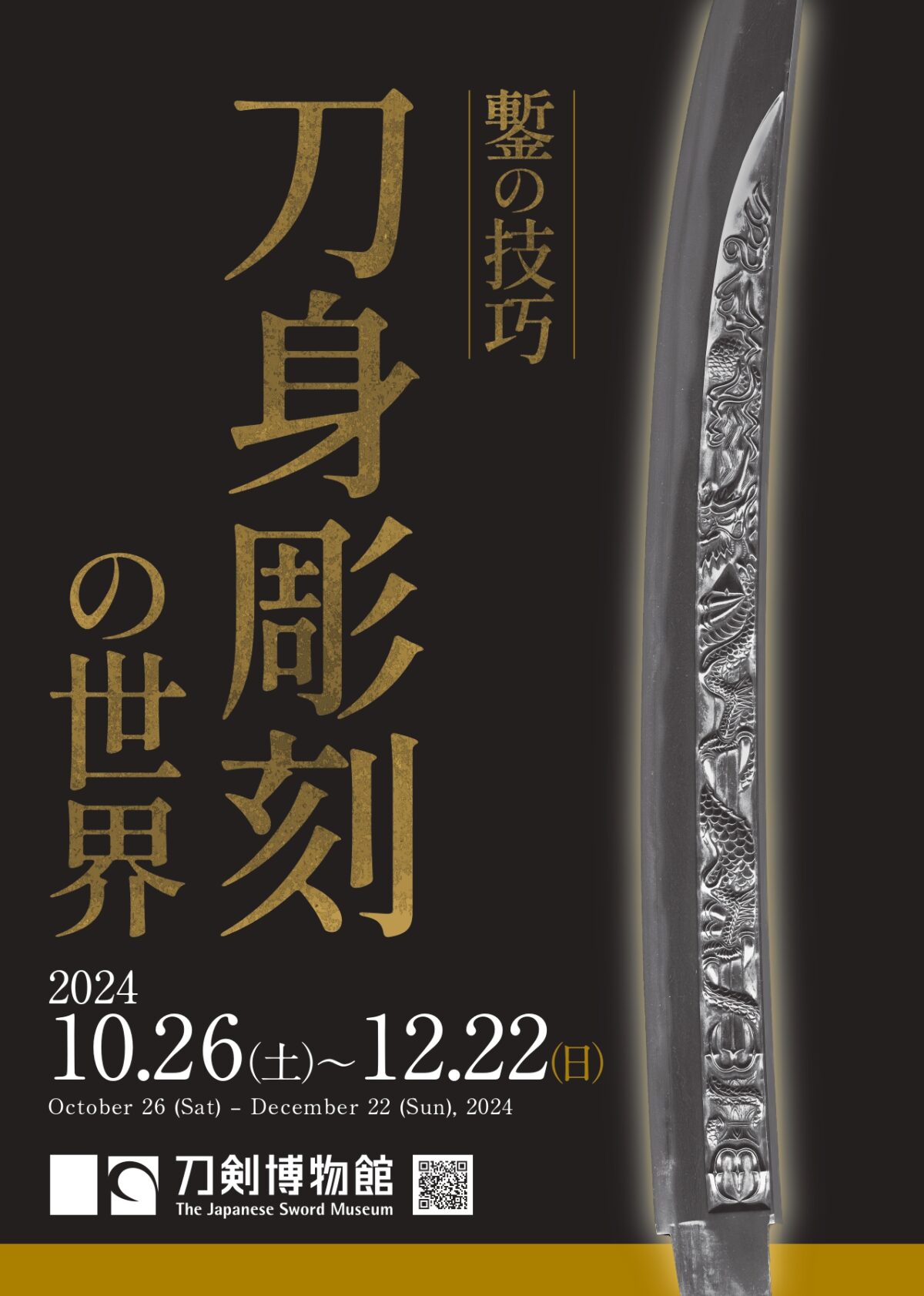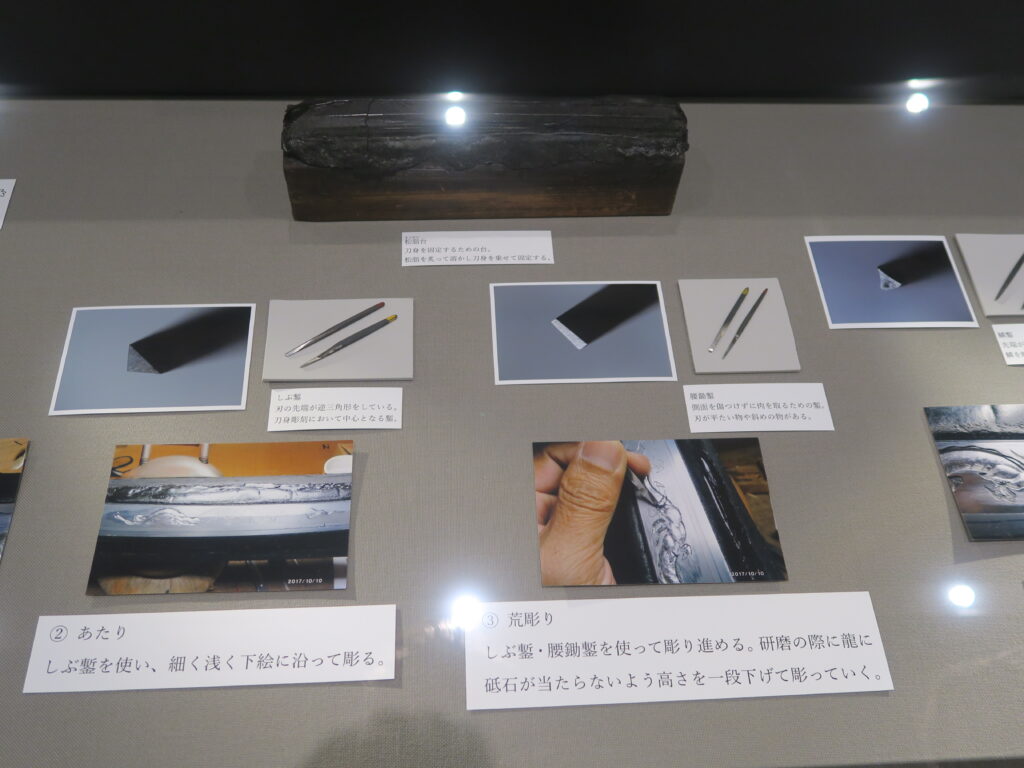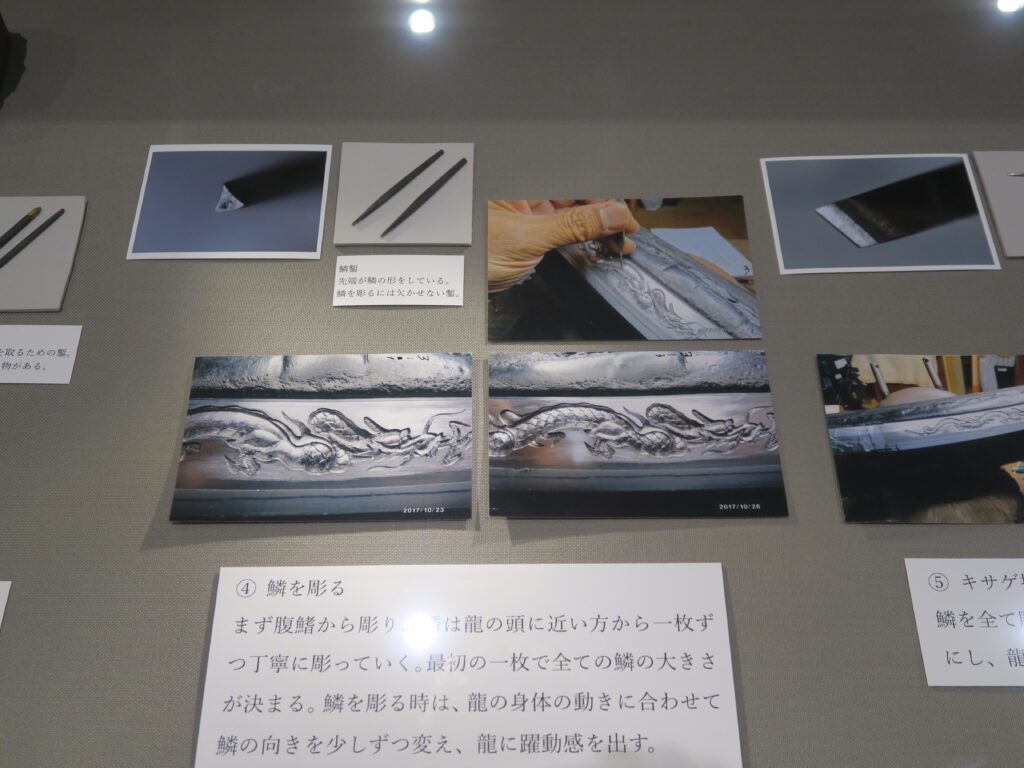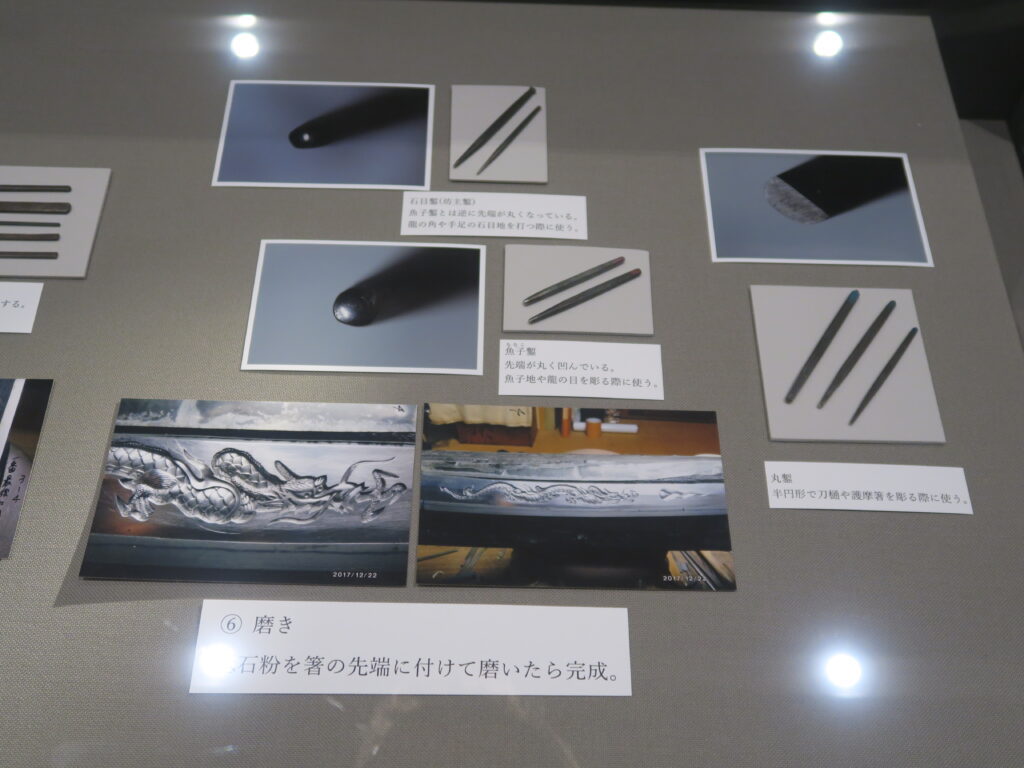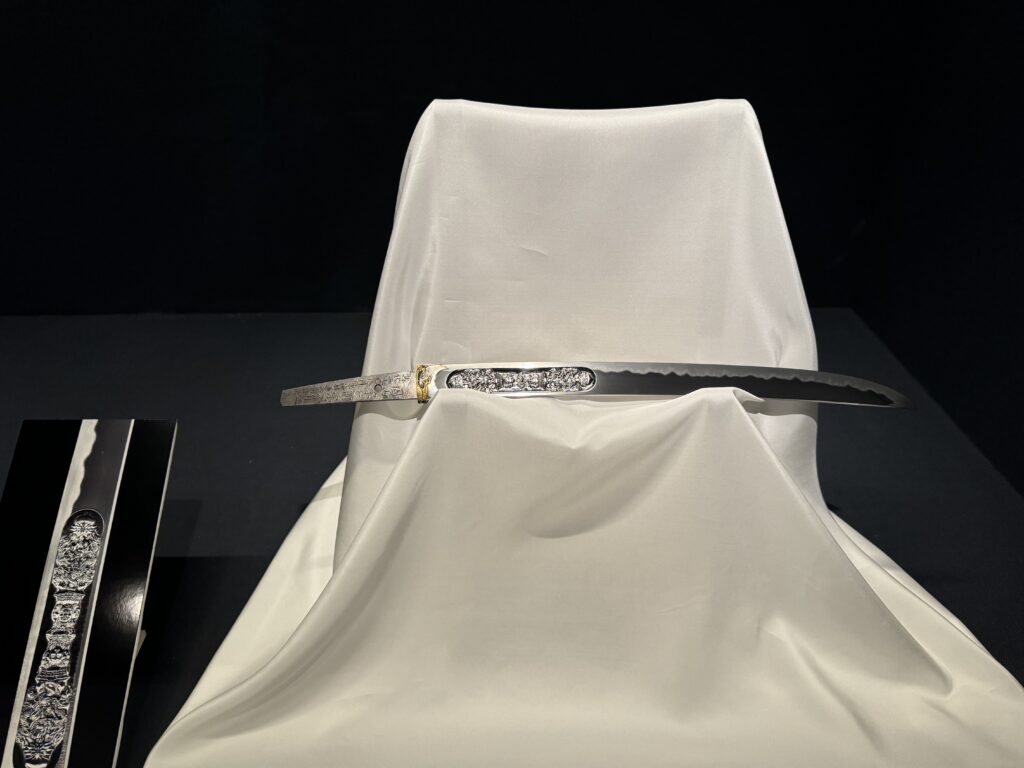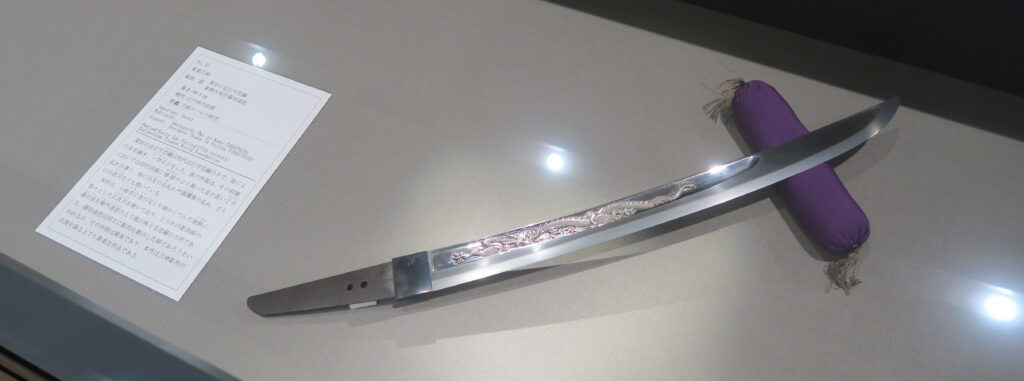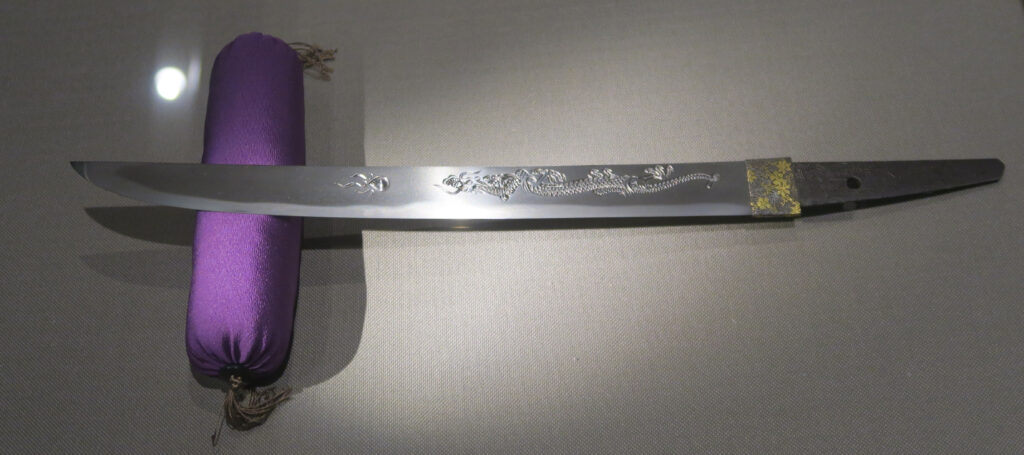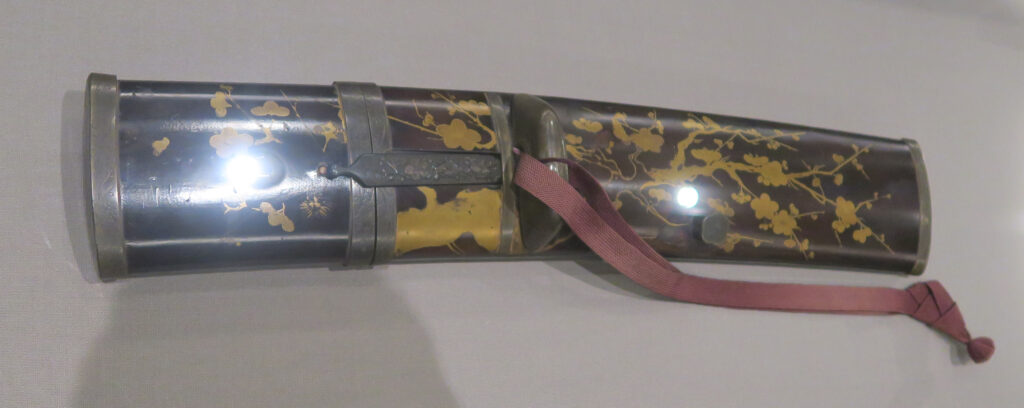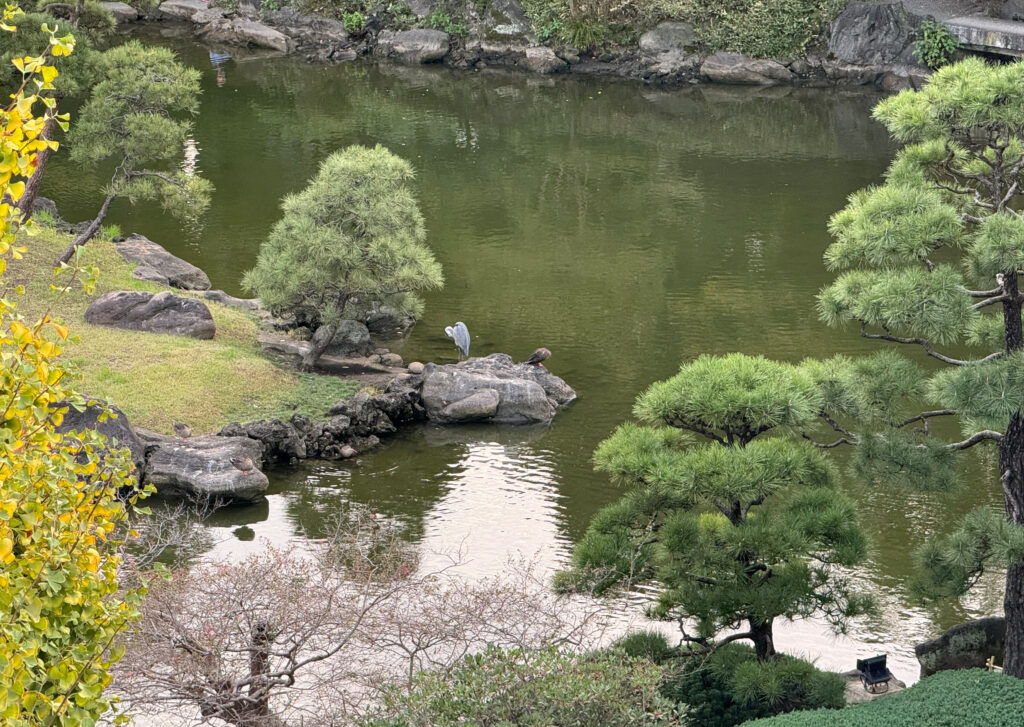Solingen Germany, July 19th 2025, NBTHK-EB Meeting
The fourth NBTHK-EB meeting of the year was once again held at the Klingenmuseum (“Blade Museum”) in Solingen.
Even it’s summer holiday season, a group of 20 members joined the meeting which had the topic “Edo Ishido School” for blades and “bring an tell” for tosogu.
Even it was just a small regular meeting, the members could see some fantastic juyo tsuba from Nobuie, Yamakichibei and Hoan, together with Owari, Kanayma and a small Akasaka collection.
Four blades by the famous blacksmith of the Edo Ishido school, “Heki Mitsuhira,” were shown, one of them was just presented in this years NBTHK magazine issue 817 “Token Bijutsu”.
Another treat was a signed “Kamakura Ichimonji” Katana by Suketsuna (Juyo). Ichimonji served as a model for the blades that the Edo-Ishido school tried to copy. Please note that currently only four signed Suketsuna blades are known.
Kantei
- Wakizashi – Heki Mitsuhira (Hozon)
- Katana – Heki Mitsuhira (Hozon)
- Katana – Suketsuna Kamakura Ichimonji (Juyo)
- Wakizashi – unsigned – prob. Kecho Shinto
- Katana – unsigned – prob. Mihara
- Wakizashi – Dewa no Kami Hokkyō Minamoto Mitsuhira (Tokubetsu Hozon)
- Katana – Dewa no Kami Hokkyō Minamoto Mitsuhira (Tobubetsu Hozon)
This is the translation for #7, the Heki Mitsuhira katana from the Februar 2025 (817) issue of the Token Bijutsu:
Katana
mei: (Kiku-mon) Dewa no Kami Hokkyō Minamoto Mitsuhira (「菊紋」出羽守法橋源光平)
nagasa 75.7 cm, sori 1.2 cm, shinogi-zukuri, iori-mune
ji: rather standing-out itame that features plenty of ji-nie and a faint midare-utsuri
hamon: chōji-midare in ko-nie-deki with a bright nioiguchi that is mixed with ko-chōji and ō-chōji,
that displays noticeable undulations, and that features fukuro-chōji, kawazu no ko-chōji,
gunome, some togariba, ashi, yō, prominent mura-nie in places, sunagashi, and some tobiyaki
bōshi: sugu with a brief ko-maru-kaeri and some hakikake at the tip
We know dated blades by Dewa no Kami Mitsuhira (出羽守光平) that range from Kan’ei 21(寛永, 1635) to Tenna three (天和, 1683), meaning that he was active for a long period of roughly 50
years. Accordingly, the sugata and dimensions of his blades vary. Already in his eary phase, when he signed with the supplement Taishin Hokkyō (泰信法橋), and in his later phase, that is, even after the
classical Kanbun-Shintō phase, Mitsuhira produced blades with a long nagasa, a shallow sori, and a somewhat elongated chū-kissaki. That is, his sugata does not strictly follow the characteristics of shape
of each period, a feature of his, which may go back to the specifications of his clients. With the utsuri and the flamboyant midare-utsuri, the blade obviously aims at the style of the Ichimonji (一文字) School, but the sugata a tachi-sugata, but a katana-sugata. Also, the shinogi-ji is
relatively wide in ratio to the mihaba, and the shinogi is low, which corresponds to an interpretation that is fairly typical fot the Kanbun era (寛文, 1661–1673). There is also prominent masame in the
shinogi-ji, and despit of the flamboyant hardeningm, the bōshi is an unobtrusive sugu-bōshi with a komru-kaeri. Thus, with the time period in question, the majority of participants recognized that the
Kantei blade is a work of an Edo-Ishidō (江戸石堂) smith. In addition, the nioiguchi and the ashi and yō are of a more “hard” and “stiff” appearance than seen with Kotō blades, and the valleys of the
yakiba are relatively far away from the cutting edge, which differs from a Kotō approach as well. Within the Edo-Ishidō group, Mitsuhira is known for forging in a rather standing-out kitae and for
hardening in a chōji with prominent undulations, which elements vary in size, width, and shape. Also mura-nie often occur, and all of this is present at the Kantei blade, which resulted in many direct bids
on this smith. When it comes to bids on other Ishidō smiths, it should be pointed out that Tsushima no Kami Tsunemitsu (対馬守常光) mostly hardened a densely arranged chōji with few undulations. Tatara Nagayuki (多々良長幸) often made blades with a nagasa as seen here, but his nioiguchi is the tightest of this group and he usually hardened prominent togari elements and a midare-komi bōshi with a pointed kaeri that runs back in a long fashion, and his blades are overall of a more powerful and “sturdy” appearance. The yakiba of Fukuoka-Ishidō works tends to slant noticeably, and the bōshi is usually a midare-komi, with also masame appearing, and therefore we can recognize clear differences.
If you are interested in this katana, please feel free to contact me as it is currently for sale.
